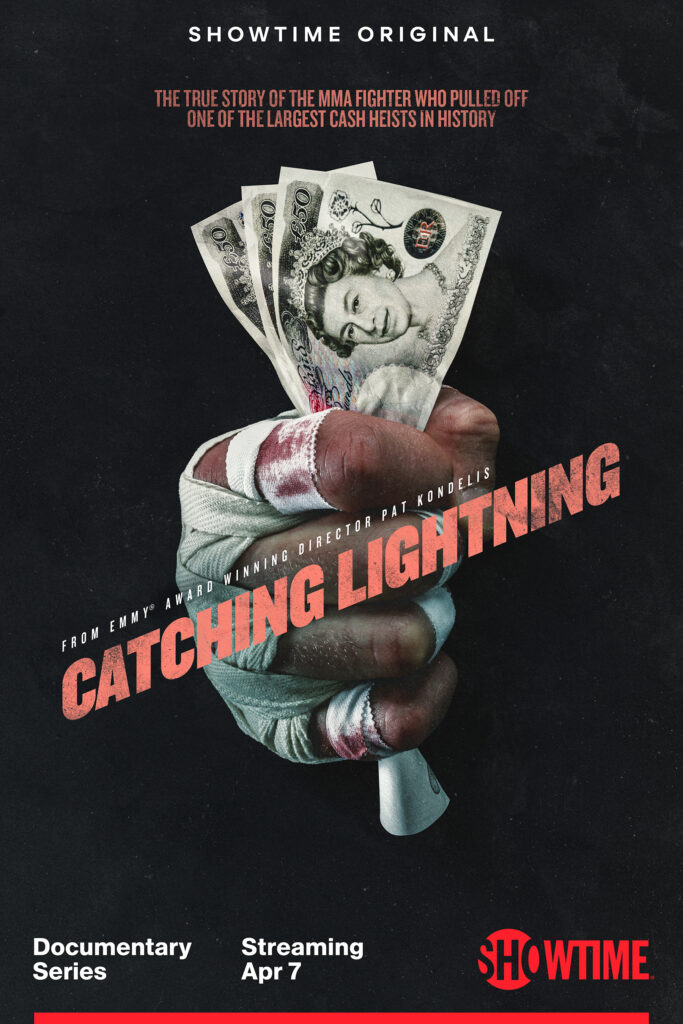 Part of the allure of Hakkasan is that you’d walk on by if you didn’t know it was there. A large steel door on a grotty stretch of 43rd Street – which was not too long ago a major thoroughfare for the dispossessed, the deranged, and the deviant – is your only clue. In fact, I strolled past not once but three times, wondering if I had gotten the location right. It’s a peculiarly British fashion, this ramshackle exclusivity designed to be enjoyed like a secret among those in the know. In Hong Kong the idiom reaches a highpoint as a lingering legacy of a restrictive class system: the city is pockmarked with private dining clubs secreted down blind alleyways and atop skyscrapers, where the price of admission demands a secret knock or password. Though an import from London – with outposts in Las Vegas, Doha and Mumbai – Hakkasan feels less like the former and much more like the latter. Opening that steel door is akin to Alice falling down the rabbit hole. A long, ghostly illuminated hallway leads you to a check-in desk, watched over by a pair of grinning Cheshire cats. You wonder yet again if you’ve come to the right place and suddenly have a sinking feeling that perhaps you might get turned away because you don’t know the password. No worries, this is New York: democracy and dollars rule. You have a reservation; you’re warmly greeted and ushered through an expansive marble-clad bar area, thumping with techno music, turning past the kitchen and down another hallway before arriving in the land of the lotus eaters. It’s disorienting, but I expect that’s the objective; you’re so relieved to be seated that the excessively priced menu doesn’t make you blanch: an $888 plate of Japanese abalone? $345 for a Peking duck, albeit garnished with caviar? What, no shark fin or swallows nest soup? Searching for reasonably priced items while sipping an $18 glass of Sauvignon Blanc you’ll recall the wise words of Confucius – not to mention Chinese chowhounds: the less you pay, the more satisfying the meal. A traditional Hakka dim sum platter made for a colorful start: scallop shumai, prawn and chive dumpling, black pepper duck dumpling, and har gau, all pretty to look at – and even tastier to eat – and at $28, or roughly $4 per dumpling, what passes for a bargain here. Udon noodles ($18) are nothing out of the ordinary and skimp on the advertised shredded roast duck but they’re satisfying dressed in plenty of spicy, seafood-rich XO sauce. The Assam Seafood Claypot ($42) is perhaps the most successful plate of the night. Studded with chunks of fish, shrimp, and squid in a savory curry broth, it’s big enough to share and even budget friendly if you load up on rice. Pak choi are bright and crispy but really, $15 for a side of veg? When the bill comes it’s a bit of a shocker, despite best attempts at avoiding anything approaching excess: $200 with tip. For a pre-theater meal it feels like a bit of a rip-off. Then again if I was with the high-rollers in Macao, or above the clouds and looking down on the Hong Kong skyline, I wouldn’t think twice. Perhaps that’s the best way to approach a meal here: close your eyes, drink the potion, and embrace the fantasy of being in a place far more magical than midtown.
Part of the allure of Hakkasan is that you’d walk on by if you didn’t know it was there. A large steel door on a grotty stretch of 43rd Street – which was not too long ago a major thoroughfare for the dispossessed, the deranged, and the deviant – is your only clue. In fact, I strolled past not once but three times, wondering if I had gotten the location right. It’s a peculiarly British fashion, this ramshackle exclusivity designed to be enjoyed like a secret among those in the know. In Hong Kong the idiom reaches a highpoint as a lingering legacy of a restrictive class system: the city is pockmarked with private dining clubs secreted down blind alleyways and atop skyscrapers, where the price of admission demands a secret knock or password. Though an import from London – with outposts in Las Vegas, Doha and Mumbai – Hakkasan feels less like the former and much more like the latter. Opening that steel door is akin to Alice falling down the rabbit hole. A long, ghostly illuminated hallway leads you to a check-in desk, watched over by a pair of grinning Cheshire cats. You wonder yet again if you’ve come to the right place and suddenly have a sinking feeling that perhaps you might get turned away because you don’t know the password. No worries, this is New York: democracy and dollars rule. You have a reservation; you’re warmly greeted and ushered through an expansive marble-clad bar area, thumping with techno music, turning past the kitchen and down another hallway before arriving in the land of the lotus eaters. It’s disorienting, but I expect that’s the objective; you’re so relieved to be seated that the excessively priced menu doesn’t make you blanch: an $888 plate of Japanese abalone? $345 for a Peking duck, albeit garnished with caviar? What, no shark fin or swallows nest soup? Searching for reasonably priced items while sipping an $18 glass of Sauvignon Blanc you’ll recall the wise words of Confucius – not to mention Chinese chowhounds: the less you pay, the more satisfying the meal. A traditional Hakka dim sum platter made for a colorful start: scallop shumai, prawn and chive dumpling, black pepper duck dumpling, and har gau, all pretty to look at – and even tastier to eat – and at $28, or roughly $4 per dumpling, what passes for a bargain here. Udon noodles ($18) are nothing out of the ordinary and skimp on the advertised shredded roast duck but they’re satisfying dressed in plenty of spicy, seafood-rich XO sauce. The Assam Seafood Claypot ($42) is perhaps the most successful plate of the night. Studded with chunks of fish, shrimp, and squid in a savory curry broth, it’s big enough to share and even budget friendly if you load up on rice. Pak choi are bright and crispy but really, $15 for a side of veg? When the bill comes it’s a bit of a shocker, despite best attempts at avoiding anything approaching excess: $200 with tip. For a pre-theater meal it feels like a bit of a rip-off. Then again if I was with the high-rollers in Macao, or above the clouds and looking down on the Hong Kong skyline, I wouldn’t think twice. Perhaps that’s the best way to approach a meal here: close your eyes, drink the potion, and embrace the fantasy of being in a place far more magical than midtown.









